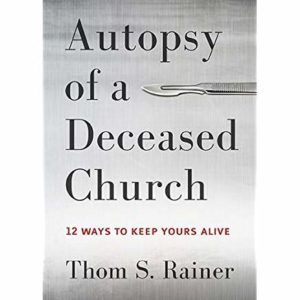 A spiritual practice that has stood the test of many centuries — some say it goes back as far as the second century AD — is lectio divina, which means “divine reading” or “holy reading,” and which is intentional in inviting God to speak to us. The intentionality comes in how we approach the scripture or whatever text we are using for the purpose. Most think of using the Bible, but some use poetry or passages from the sacred writings of other religions.
A spiritual practice that has stood the test of many centuries — some say it goes back as far as the second century AD — is lectio divina, which means “divine reading” or “holy reading,” and which is intentional in inviting God to speak to us. The intentionality comes in how we approach the scripture or whatever text we are using for the purpose. Most think of using the Bible, but some use poetry or passages from the sacred writings of other religions.
Rather than a once-through reading, followed by closing the book and going about our business, lectio divina is a prescribed approach that asks us to first settle in and pray for understanding and insight into the text and what it might hold for us. Then we read the text (lectio) a few times, both silently and aloud, with special attention to any words or phrases that stand out to us. After this, we reflect on the text (meditatio) and how it applies to our lives. Oratio, the third step, involves consciously opening our hearts to God and contemplatio is resting in God and listening in stillness. The four-part practice is transformational in deepening our spiritual lives.
A friend of mine once worked her way through the Gospel of Mark, taking a few verses at a time, for an ongoing lectio divina practice. My tendency has been to take a single short verse, such as “Be still, and know that I am God” (a portion of Psalm 46:10) and “live” with it for a few days, returning to the awareness of it many times a day, until it begins to return to me when most needed as an offering of divine rest.
For an especially effective presentation and discussion of lectio divina including numerous suggestions of passages for the practice, I recommend the book Lectio Divina — The Sacred Art: Transforming Words and Images into Heart-Centered Prayer by Christine Valters Paintner, published in 2011 by Skylight Paths Publishing.




 A friend recently lent me a fascinating and reader-friendly book entitled
A friend recently lent me a fascinating and reader-friendly book entitled  It may be impossible to think of manna without thinking of the story in Exodus of God providing daily provision to the Israelites in the wilderness. Manna was that strange substance that fed them and all they had to do was pick it up off the ground. But each person had a daily portion, to be gathered on the day of its use. The only day of the week they could gather a double portion without the oversupply “going bad” was in preparation for the Sabbath.
It may be impossible to think of manna without thinking of the story in Exodus of God providing daily provision to the Israelites in the wilderness. Manna was that strange substance that fed them and all they had to do was pick it up off the ground. But each person had a daily portion, to be gathered on the day of its use. The only day of the week they could gather a double portion without the oversupply “going bad” was in preparation for the Sabbath.


